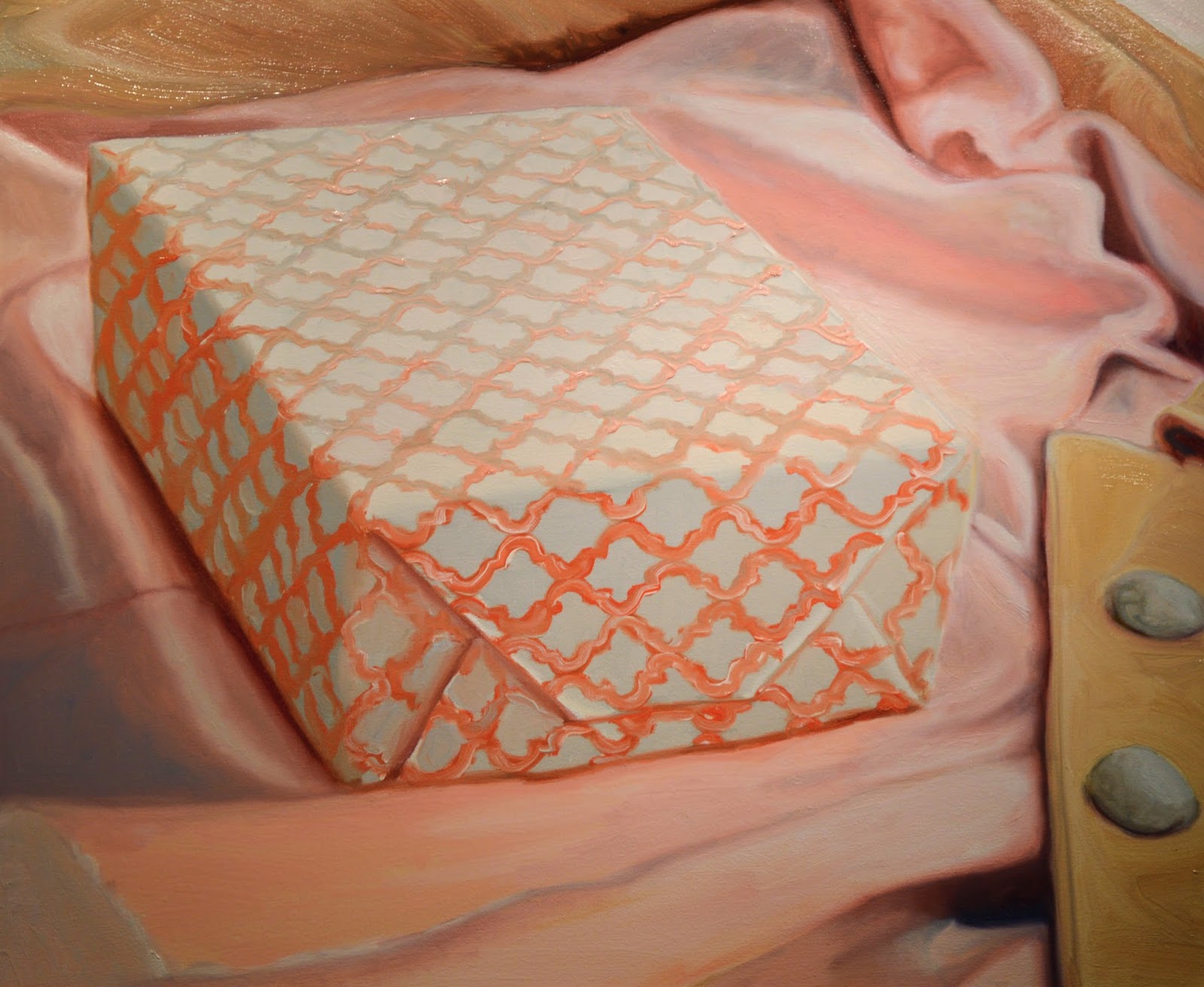Finding Refuge in Wyeth’s Windows

Andrew Wyeth, “Wind from the Sea” (1947), tempera on hardboard (© Andrew Wyeth. National Gallery of Art, Washington. Gift of Charles H. Morgan)
Over the course of his career, the 20th century American artist Andrew Wyeth created 300 drawings and paintings of windows that are more about the people looking out them than the views they depict. Sixty of these meticulously crafted studies are on view through the end of November in the National Gallery of Art’s Andrew Wyeth: Looking Out, Looking In— the first show ever exclusively devoted to them.
The works in the show are marked by the characteristically pale light, gray skies, harsh winds, and yellowed grass that was Wyeth’s visual language. “I prefer winter and fall, when you can feel the bone structure in the landscape — the loneliness of it, the dead feeling of winter,” he once told Richard Meryman in a 1965 Life magazine interview. “Something waits beneath it; the whole story doesn’t show.”
Wyeth’s windows brim with the quiet strength of the people absent from their frames. That’s especially true of “Wind from the Sea,” painted in 1947 at his wife’s friend Christina Olson’s farmhouse. The artist had been staring out an open third-floor window in an abandoned room when a wind shook the tattered curtains. He later described the crocheted birds on them, which he captured so carefully, as being “as delicate as the real Christina,” a woman who weathered polio but resolutely shunned the use of a wheelchair (she is the subject of Wyeth’s 1948 painting “Christina’s World”).
Seen together, the paintings are themselves windows into Wyeth’s poetic mind, reflecting the dual preoccupations of a largely misunderstood artist. Though critics chided Wyeth for his conservative realism, he always insisted he was an abstract painter, pointing to the same kind of thoughtful, underlying design at work in these images. “I can’t work completely out of my imagination,” he once explained. “I must put my foot in a bit of truth, and then I can fly free.”

“The Pikes” (1965), watercolor on paper (© Andrew Wyeth. The San Diego Museum of Art, Gift of Mr. and Mrs. Norton S. Walbridge)
Andrew Wyeth: Looking Out, Looking In continues at the National Gallery of Art (6th and Constitution Ave NW, Washington, DC) through November 30.

















